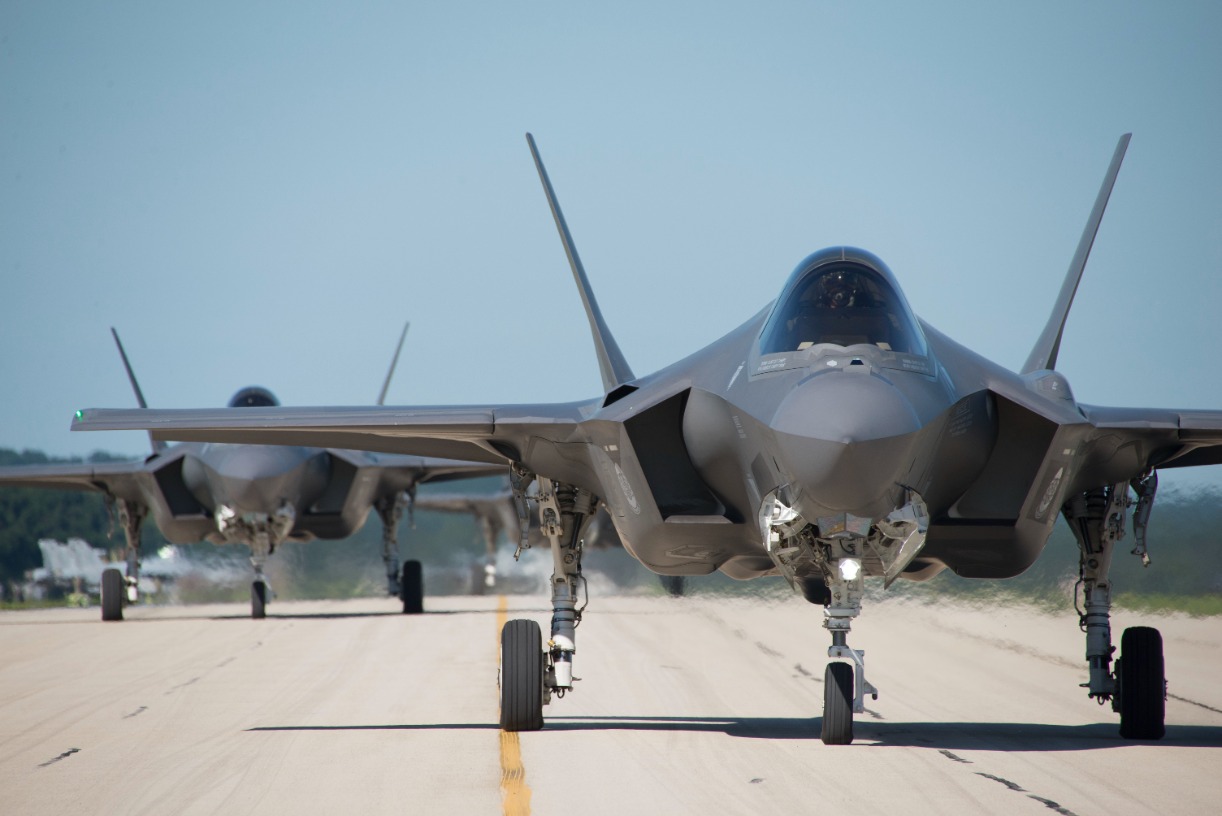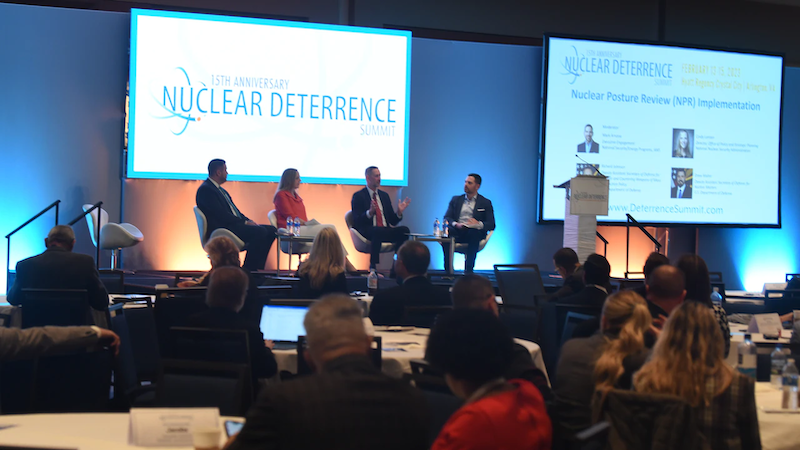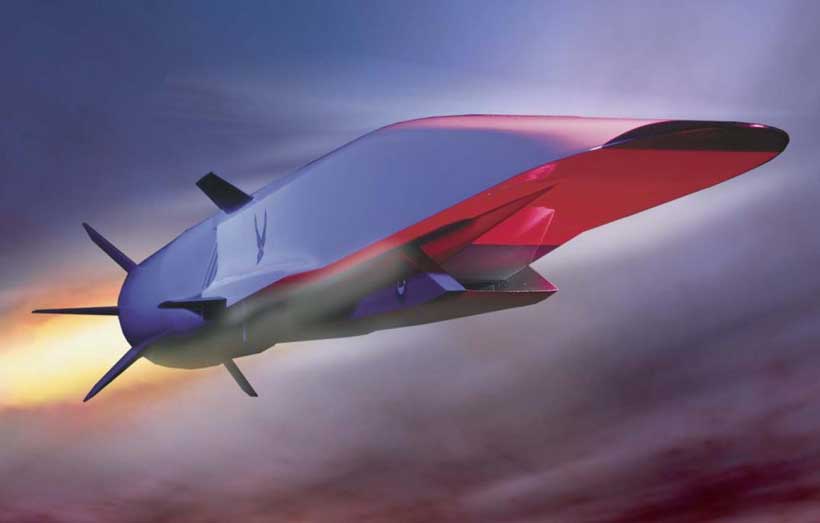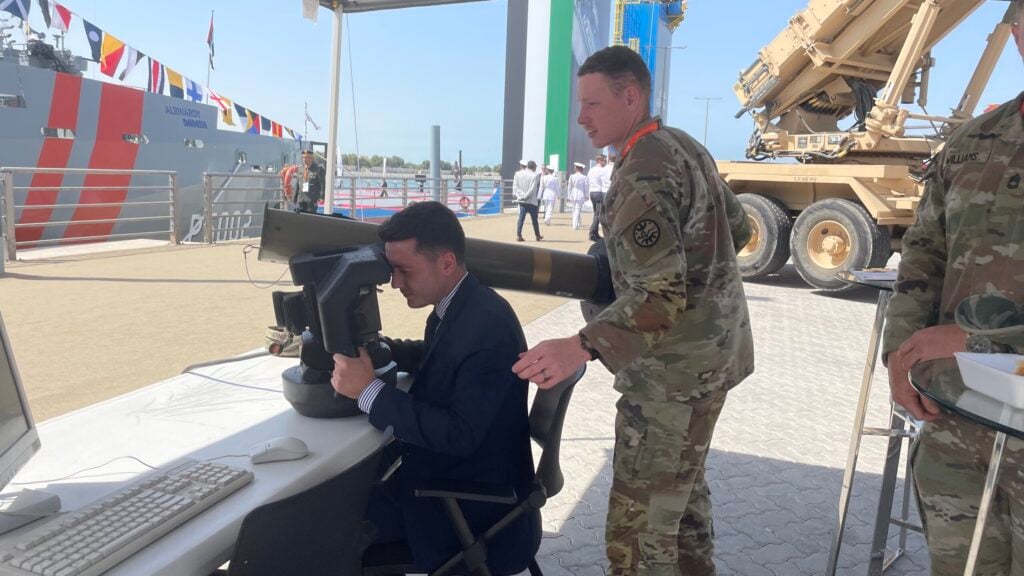(280) 01-28-2022-to-02-03-2022__****THE****WINDS****of****WAR****
(281) 02-04-2022-to-02-10-2022__****THE****WINDS****of****WAR****
(282) 02-11-2022-to-02-17-2022__****THE****WINDS****of****WAR****________________________________________________________________________________________
WAR - 02-11-2022-to-02-17-2022__****THE****WINDS****of****WAR****
(279) 01-21-2022-to-01-27-2022__****THE****WINDS****of****WAR**** (280) 01-28-2022-to-02-03-2022__****THE****WINDS****of****WAR**** (281) 02-04-2022-to-02-10-2022__****THE****WINDS****of****WAR****...
WAR - 02-11-2022-to-02-17-2022__****THE****WINDS****of****WAR****
(279) 01-21-2022-to-01-27-2022__****THE****WINDS****of****WAR**** (280) 01-28-2022-to-02-03-2022__****THE****WINDS****of****WAR**** (281) 02-04-2022-to-02-10-2022__****THE****WINDS****of****WAR****...
WAR - Regional conflict brewing in the Mediterranean
Well, I adore your philosophical side, but. . . as a practical matter we are probably best served by addressing the issues in a single spot? Mine suggest that the reporting on Iranian CE is a wee bit suspect at this point and bears watching- perhaps even a cover for something else? Perhaps...
ALERT - RUSSIA INVADES UKRAINE - Consolidated Thread
@@@ Drone warfare has gotten VERY sophisticated in the last year. @@@ View: https://twitter.com/Trollstoy88/status/1626906176565702657?cxt=HHwWgsCzkYij95MtAAAA
WAR - Main Armenia Versus Azerbaijan War Thread - Open Hostilities Underway Now
Eduard Abrahamyan @abrahamyan13 54m Sorry for this graphic but this video is an evidence of war crime. The #Azerbaijan commando unit executes #Armenia|n POWs. Such behaviour should make any attempt of signing the imposed "pease deal" 0 & void also this makes #Artsakh #Karabakh impossible to be...
WAR - CHINA THREATENS TO INVADE TAIWAN
We look very feeble with Joe and his dumpster fire administration running/ruining our country.
ALERT - The Winds of War Blow in Korea and The Far East
Business profile picture Reuters @Reuters 5m Norway seizes record $5.8 million of crypto stolen by North Korea Norway seizes record $5.8 million of crypto stolen by North Korea
--------------------------------------------------------------------------------------------------
Posted for fair use.....

End of two-way nuclear deterrence makes world more dangerous
Countries other than U.S., Russia now hold more than 10% of nuclear arms
DATAWATCH
End of two-way nuclear deterrence makes world more dangerous
Countries other than U.S., Russia now hold more than 10% of nuclear armsJUNNOSUKE KOBARA, Nikkei staff writer
FEBRUARY 18, 2023 17:00 JST
SEOUL -- The global balance of nuclear deterrence is changing. With China rapidly expanding its stockpile of nuclear weapons, the U.S. and Russia are losing their dominance in this category of arms. As nuclear weapons proliferate to countries such as India, Pakistan and North Korea, it has become more difficult to advance nuclear disarmament and make deterrence work.
The Federation of American Scientists estimates there were some 12,000 nuclear warheads in the world as of last year. In addition to the five nuclear weapons states recognized under the Treaty on the Non-Proliferation of Nuclear Weapons -- the U.S., Britain, France, Russia and China -- India, Pakistan, Israel and North Korea are known to have nuclear arms.
The number of warheads peaked at just over 70,000 in 1986, before the end of the Cold War, with the U.S. and the Soviet Union accounting for 98% of the 64,000 active warheads, excluding those marked for destruction.
Following the end of the Cold War and the collapse of the Soviet Union, nuclear disarmament, led by the U.S. and Russia, made big progress: In the 30 years through 2022, the U.S., Russia, Britain and France cut their combined holdings of nuclear warheads by roughly 80%.
Bucking this trend is China, which increased its stockpile of warheads to about 350 from just over 200 about three decades earlier, cementing its position as the world's third-biggest nuclear power. The total share of nuclear warheads held by the U.S. and Russia fell to 87%, while that of other nations rose to more than 10%.

Last year, the U.S. Defense Department forecast that China will expand its nuclear cache to 1,500 warheads by 2035. If other nuclear powers keep their stockpiles unchanged, Beijing will possess 14% of all warheads, up from 4% at present, reducing the combined share of the U.S. and Russia to less than 80%.
Of the estimated 350 warheads China currently has, about 75% are designed for use on long-range missiles, or strategic nuclear weapons, according to analyses by Hans Kristensen of the FAS and other experts. China's second-generation, multiwarhead DF-5 intercontinental ballistic missiles can hit several targets simultaneously. Beijing is also developing submarine-launched ballistic missiles capable of reaching the U.S. mainland from the South China Sea.
During the Cold War, the U.S. and the Soviet Union avoided a nuclear war by adhering to a doctrine known as mutually assured destruction, or MAD. This ensured peace because any first strike by one side was certain to provoke deadly nuclear retaliation.
After the Cold War, the U.S. and Russia moved forward with nuclear disarmament while maintaining balance in their strategic nuclear weapons stockpiles. Under the New Strategic Arms Reduction Treaty, signed in 2010, both sides agreed to cap the number of warheads at 1,550 apiece.
Meanwhile, China, which is not bound by the treaty, has expanded its holdings of strategic nuclear weapons. If Beijing raises the number of warheads as forecast by the U.S. Defense Department, the world will see the bipolar nuclear order shift to a tripolar game, making it more difficult to achieve deterrence and move forward with disarmament.

The spread of nuclear weapons to countries other than the five official nuclear weapons states is also expected to continue. A rise in the number of nuclear-armed countries may destabilize the global order and heighten regional tensions. More countries could follow the examples of India and Pakistan, with neighboring rivals engaged in a fierce nuclear competition. Pakistan joined India as an unofficial nuclear power in 1998, with its first nuclear test. India, which first crossed the nuclear threshold in 1974, also carried out its second test in 1998, raising concern over a possible nuclear war.
Nuclear arms races may be about to break out elsewhere. "They [North Korea] have nuclear weapons, but we don't. The U.S. and South Korea will cooperate closely in managing the American nuclear arsenal" in the region, South Korean President Yoon Suk Yeol said recently. Some lawmakers and pundits in South Korea are calling for the country to acquire a nuclear deterrent.
North Korea plans to build a large number of short-range "tactical" nuclear weapons for use in a possible war with South Korea. A country may be less inhibited about using such weapons, which are mostly designed to target military installations, rather than cities. Russia has hinted at the use of tactical nuclear weapons in its war with Ukraine, and is sending more nuclear-powered submarines to the Far East.
To ensure peace in East Asia, Japan and South Korea, two major non-nuclear powers in the region, must work closely with the U.S. to make China, Russia and North Korea realize that the use of nuclear weapons will never pay.
READ NEXT
-
N Korea at crossroads
U.S. not ruling out North Korea's nuclear test before early March
-
Interview
Putin plays long game with West over Ukraine: former U.S. diplomat
-
Defense
Nuclear weapons enter South Korean political debate as threats grow
-
Interview
Japan should discuss nuclear option: ex-Pentagon official
-
International relations
Iran diplomatic strategy hits wall as Ukraine, Israel derail plans
-
N Korea at crossroads
North Korea sustains high defense spending with new budget
-

Opinion
Japan's new security strategy will make China more mistrustful
-

International relations
Collective power of developing nations creating multipolar world
-

Comment
Tripolar world ushered in by the rise of 'neutral' powers
-







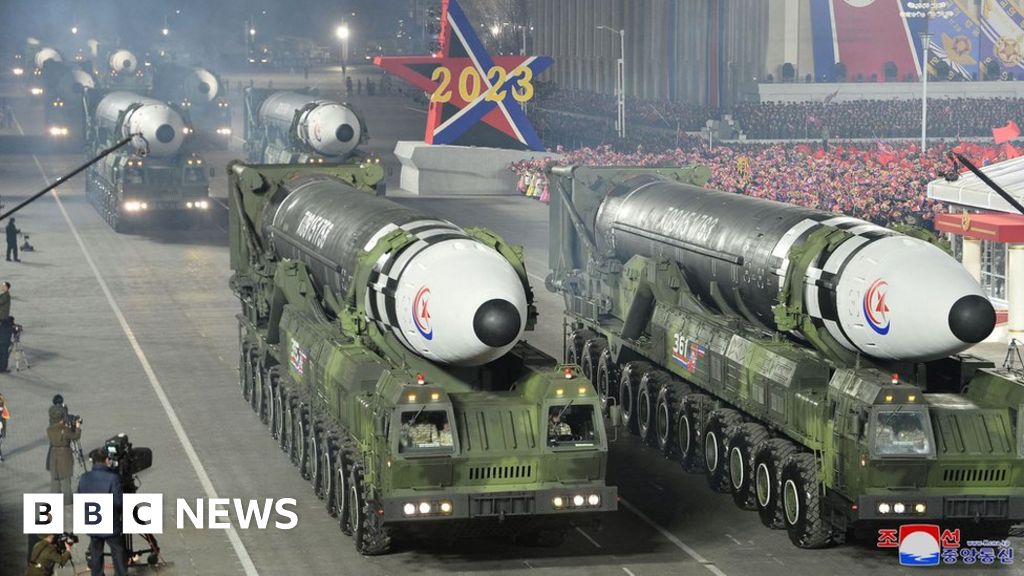




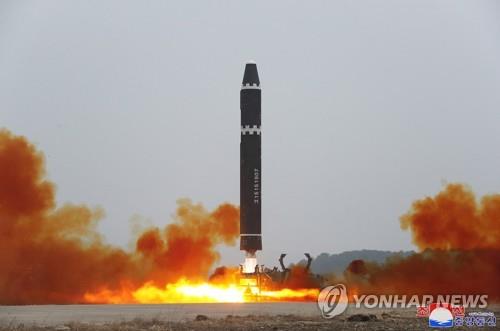

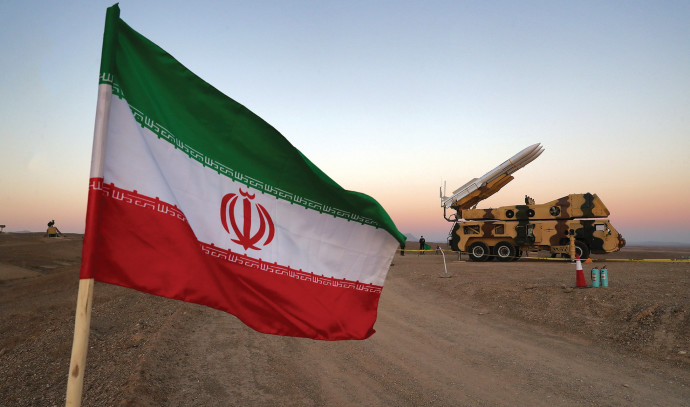
:quality(70)/cloudfront-us-east-1.images.arcpublishing.com/archetype/VZXQKWVX2NAWNBLEYJOMSJWPPI.jpg)
 )
)



 ) I spose,- but nothing really new. They've been upping their budgets, rewriting their wartime permissions n doctrines n preparing to break into WW3 pretty openly for quite a while now.
) I spose,- but nothing really new. They've been upping their budgets, rewriting their wartime permissions n doctrines n preparing to break into WW3 pretty openly for quite a while now.